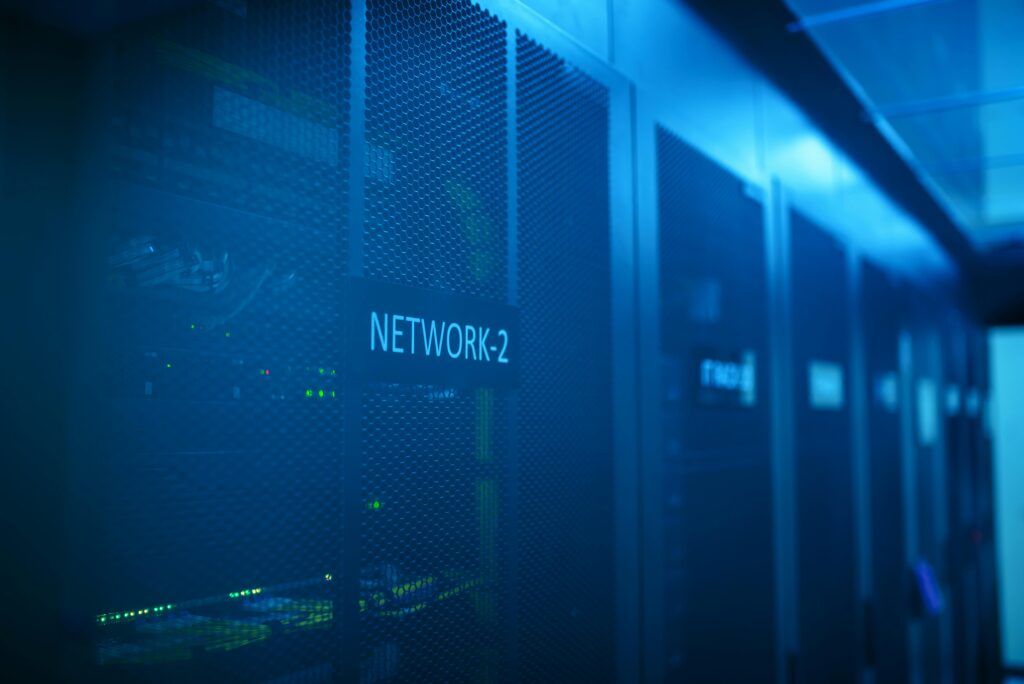
This article by Curinovis Digital Agency explores key cybersecurity pillars crucial for modern organizations. It is optimized for professionals seeking actionable insights and ready-to-share content across LinkedIn and Facebook.
Cloud Security in 2025: Shared Responsibility and Strategic Control
Cloud services have redefined how we deploy, scale, and secure business operations. But with great flexibility comes shared responsibility. At Curinovis Digital Agency, we’ve seen firsthand how gaps in cloud security—especially on the client’s end—are a growing target for threat actors. In this post, we explore the what, how, and why of modern cloud security based on global frameworks like NIST, CSA CCM, and SAFECode practices. Cloud adoption offers scalability, but also introduces security challenges. Organizations must enforce least privilege access, monitor cloud workloads, and align with CCM and ISO 27017 standards.
✅ So What Is Cloud Security in the Modern Security Landscape?
Cloud security refers to a combination of policies, technologies, and controls deployed to protect cloud-based infrastructure, services, and data. While Cloud Service Providers (CSPs) handle many backend protections, the responsibility is shared. Organizations must manage configurations, user access, and compliance obligations relevant to their cloud deployment model.
⚙️ How Organizations Should Manage Security in IaaS, SaaS, PaaS, and FaaS
🔹 IaaS (Infrastructure as a Service)
You control OS-level settings, network security groups, firewalls, and data. Misconfigurations are the top risk—use CIS Benchmarks, automate compliance scanning, and implement least privilege across virtual machines and containers.
🔹 SaaS (Software as a Service)
Focus on user roles, identity access management (IAM), and data encryption. Ensure SaaS applications align with your industry’s data governance standards. Disable unused features and monitor login patterns for anomalies.
🔹 PaaS (Platform as a Service)
Secure APIs, deployment scripts, and runtime environments. SAFECode advises validating your CI/CD pipelines and applying application-level threat modeling. Always isolate dev, test, and production environments.
🔹 FaaS (Function as a Service)
FaaS environments (like AWS Lambda) require strong input validation, event-driven security checks, and role-based triggers. Implement zero trust principles and ensure ephemeral functions don’t persist sensitive data.
❓ Why a Shared Responsibility Mindset Is Most Critical
Too often, organizations assume the cloud provider ‘has it covered.’ But cloud breaches often occur due to insecure client configurations. This is why CCM v4.0 and NIST CSWP emphasize clear delineation of security ownership between CSPs and customers.
⚠️ The Risk of Over-Reliance on One Cloud Provider
Vendor lock-in is more than a technical limitation—it’s a business continuity risk. Outages, pricing changes, or legal restrictions can jeopardize your operations. A multi-cloud or hybrid cloud approach provides resilience, allowing you to pivot services or reroute data if a provider becomes a liability.
📄 Here Is What You Should Include in Your Cloud SLA
The area where many SME organizations fail, is the arrangement of a proper SLA agreement with the Cloud Service Provider. Ensure that your organization includes the following elements in the SLA:
1. Uptime guarantees and penalties for failure
2. Incident response timelines and responsibilities
3. Data portability and exit strategies
4. Evidence of compliance (SOC 2, ISO 27001, CSA STAR)
5. Encryption, backup, and recovery standards
6. Breach notification and forensic support policies
🧩 What Curinovis Digital Agency Recommends
We know that all this information is a lot to take in and a lot to act upon, which why Curinovis Digital Agency (CDA) is here to help you on this path to success.
We guide organizations through:
– Secure cloud migration planning
– Compliance audits using CCM and NIST frameworks
– DevSecOps integration for all cloud tiers
– SLA negotiation support and vendor risk assessments
✅ Final Takeaway
Cloud isn’t less secure—it’s differently secure. Your cloud provider is only half the equation. Own your configuration. Distribute your dependencies. Negotiate your SLA. That’s how modern organizations stay in control in the cloud era. Implementing these practices can significantly reduce organizational risk, strengthen compliance posture, and increase resilience. Stay ahead by sharing this insight and joining the digital security movement.
© 2025 Curinovis Digital Agency. All rights reserved.
